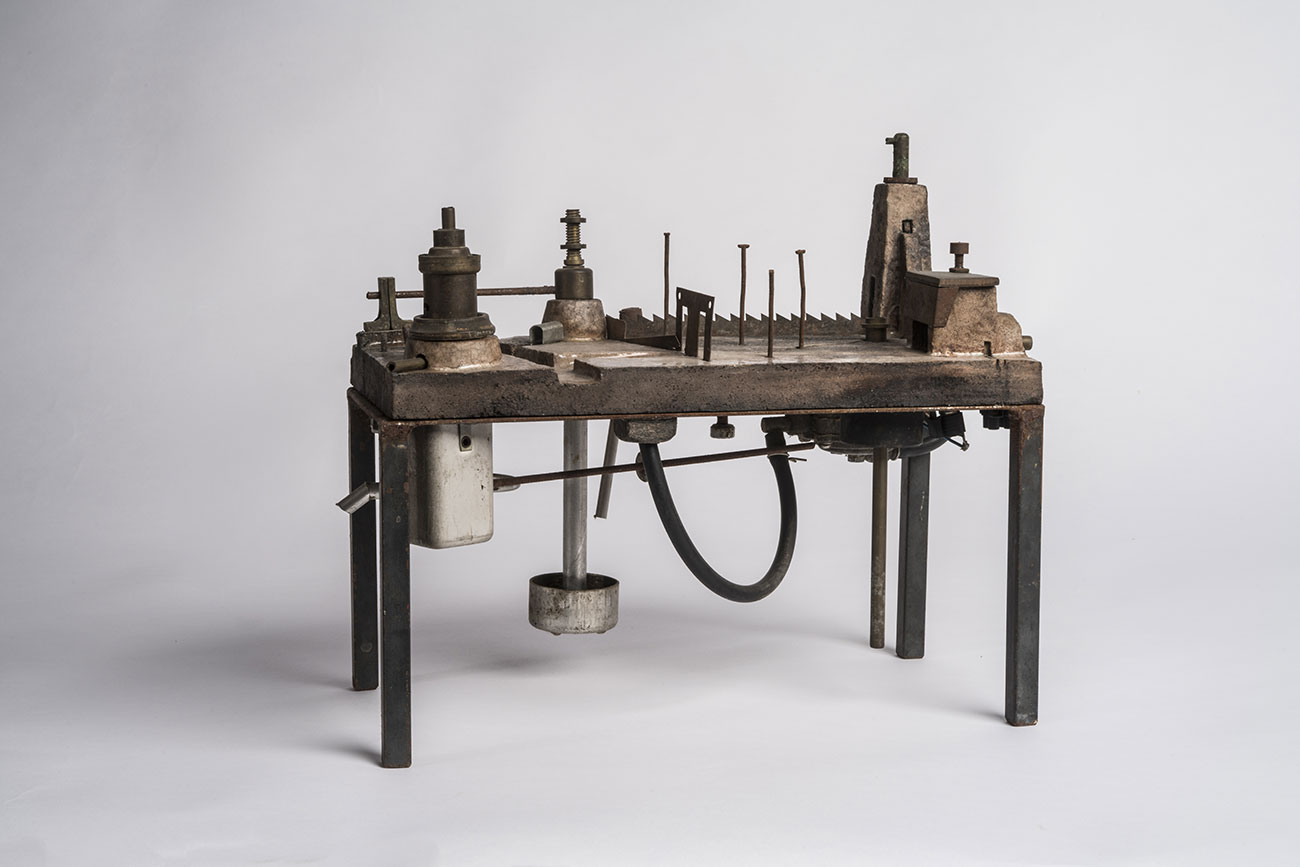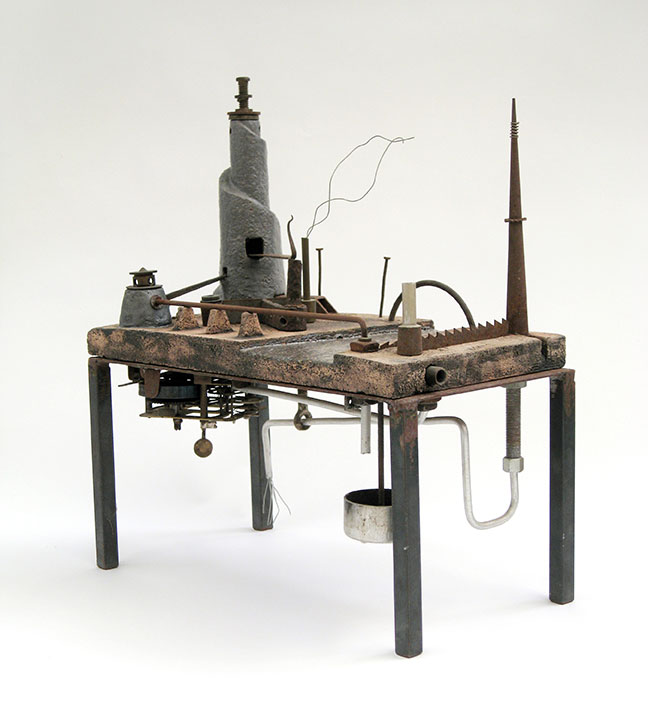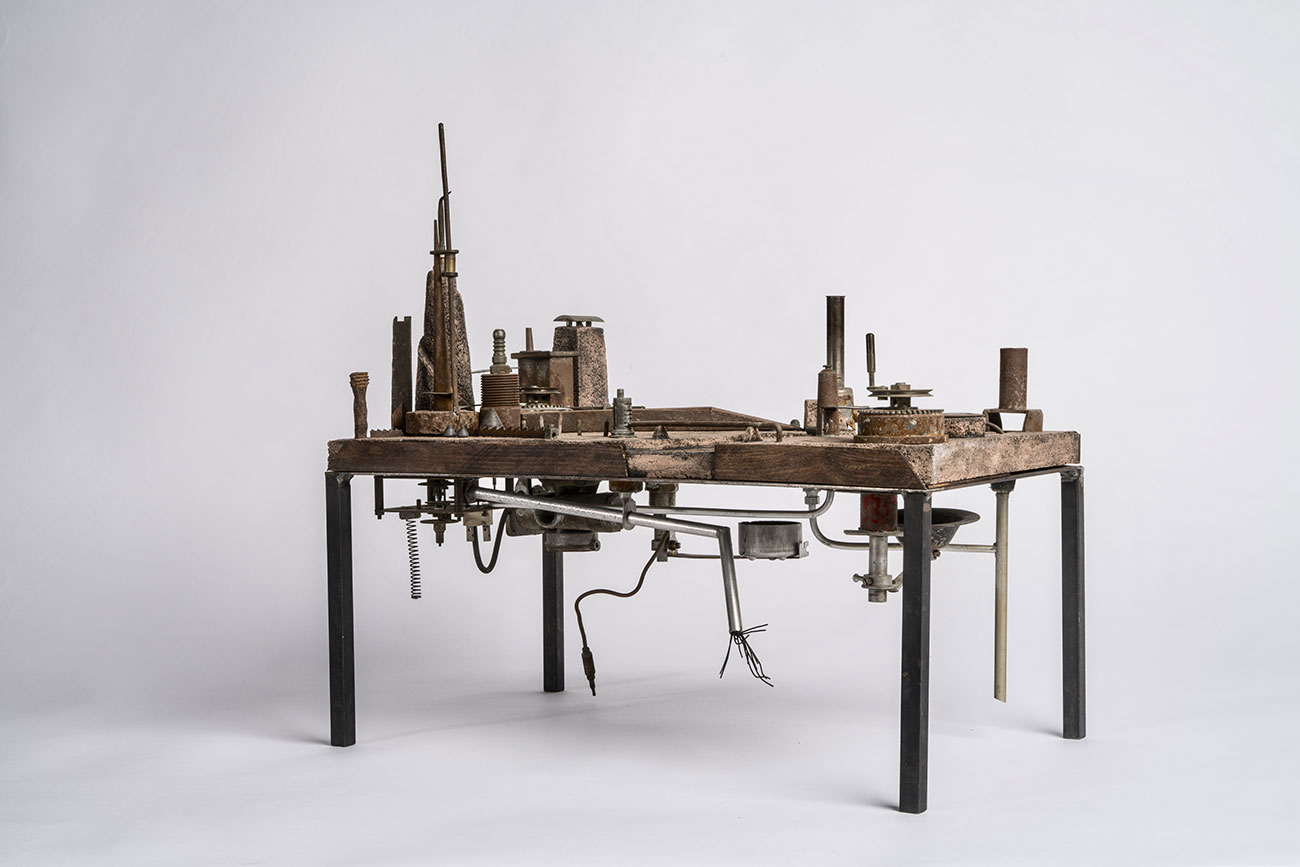Las Ciudades Discontinuas
“The shape of a city remains when the social substance that gave it life has disappeared. Therefore, formally, the city is also history in itself. The city in which we live always has a relic character. The most profane city is in some way the sacred place where ancestors are worshiped. But from the artistic point of view, this ongoing occurance, that is
the city itself, can not allow the maturation of the plastic to occur with due calm . The city has always been and will be, by the nature of its essence, artfully fragmented, tumultuous and unfinished. We do not find that definitive and round form, that yearns for the aesthetic feeling . So every city is, aesthetically speaking, a frustration.
The man who has succeeded so perfectly in the field of beauty, has failed to create the beautiful city, despite so many great efforts. This is perceived by any aesthetic temperament that travels and tours the cities of the globe. All eventually leave in their spirit, some more than others, a painful dissatisfaction”.
Fernando Chueca Goita
A Brief History of Urbanization
“The city is something more than a set of individual men and of social conveniences-streets, buildings, electric lights, tramways, and telephones, etc.; something more, also, than a mere constellation of institutions and administrative devices.
The city is a state of mind, a body of customs and traditions, and of organized attitudes and sentiments that inhere in this tradition.
The city, is not merely a physical mechanism and an artificial construction. It is involved in the vital processes of the people who compose it, it is a product of nature and particularly of human nature”.
Robert E. Park
The City: Suggestions for the Study of
Human Nature in the Urban Environment
Es en este proyecto, donde el dibujo se convierte en maqueta, como juego donde desenvolver la idea de planificación u ordenación del espacio como influencia primordial en el crecimiento de las ciudades a partir de la industrialización.
La maqueta arquitectónica realizada en cerámica facilita la incorporación de elemento arqueológico, porque a lo largo de la historia, los modelos a escala siempre han constituido un medio de representación importante. Los vikingos utilizaban maquetas para elaborar los métodos de construcción de sus embarcaciones y por eso constituían el primer paso para cualquier proyecto. Los antiguos romanos, griegos, fenicios, egipcios, incas, mayas y prácticamente en todas las civilizaciones, siempre han utilizado las maquetas para representar las posibilidades reales de acción, pero a su vez la maqueta se convierte en juego y exploración de la imaginación y quizás un modelo a escala de una ilusión, de una narración.







